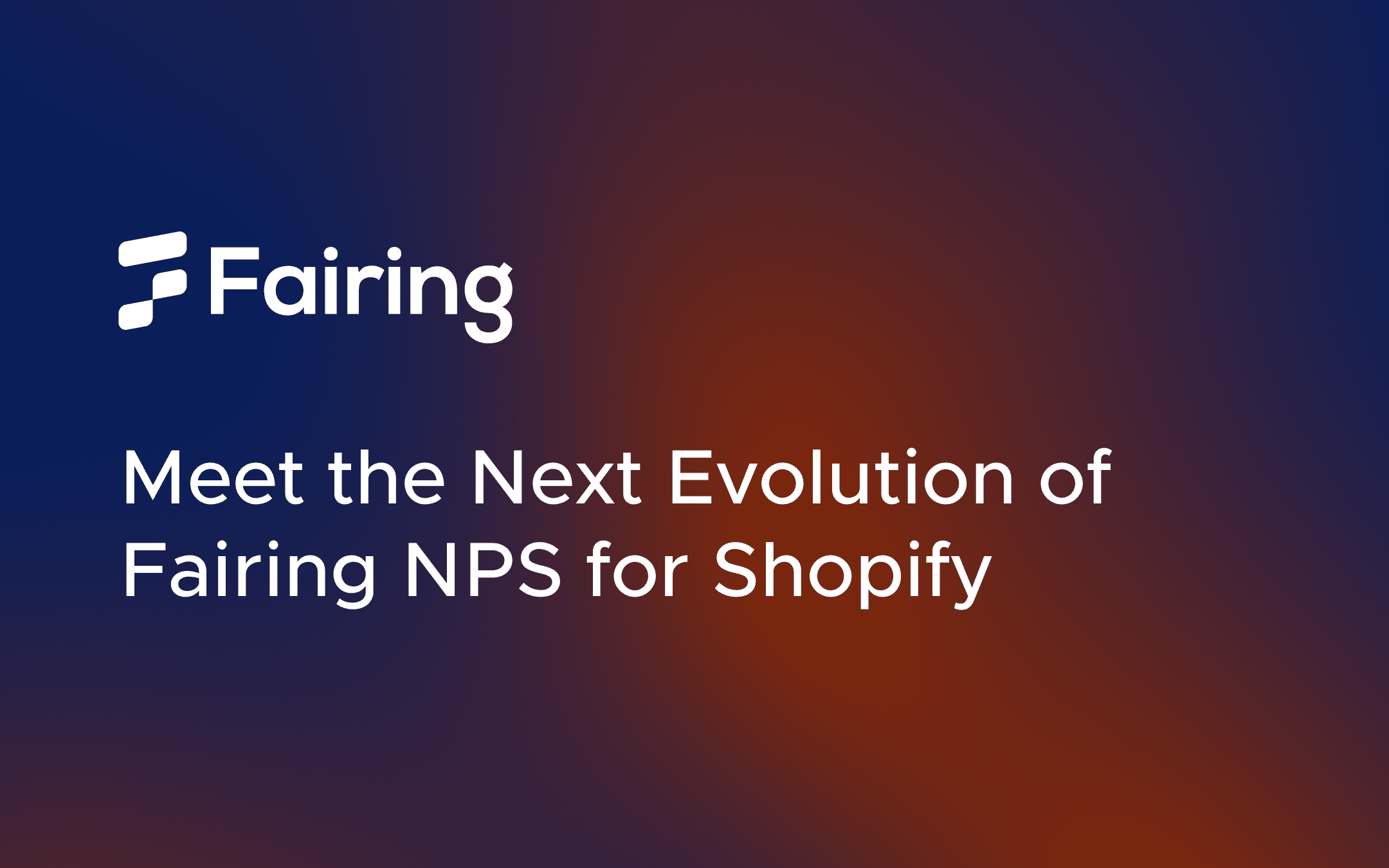Attribution
Meet the Fairing SDK: First-Person Signal for Any Platform

Matt Bahr
Attribution
Build vs. Buy: The Hidden Cost of Building HDYHAU Surveys

Matt Bahr
Attribution
Axon One Year Later: From E-commerce Experiment to Established Channel

Enia Xhakaj
Attribution
Introducing: AI Insights, Your Weekly Attribution Brief

Amalia Cote
Attribution
How Attribution Surveys Help Marketers Measure What Dashboards Miss

Katie Tierney
Attribution
The Best Way to Add AI Tools Like ChatGPT to Your HDYHAU Attribution Survey

Enia Xhakaj
Load More







